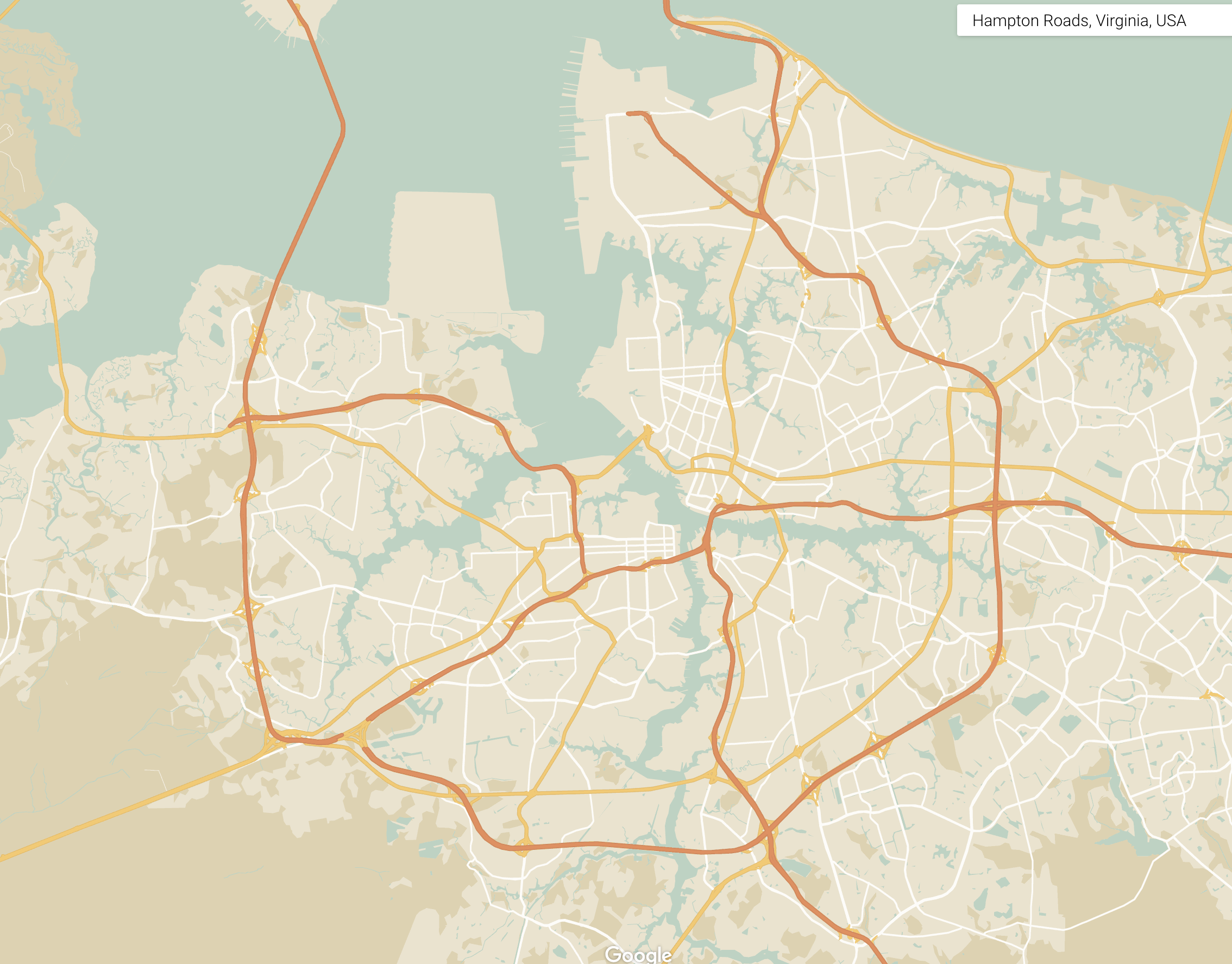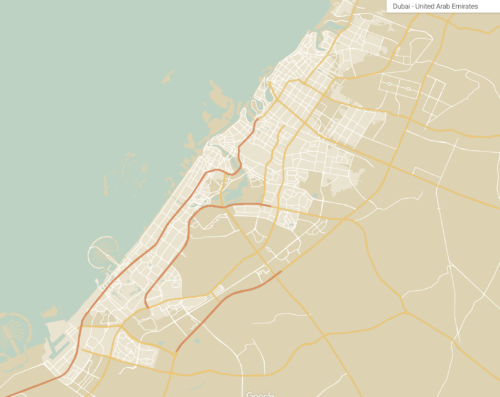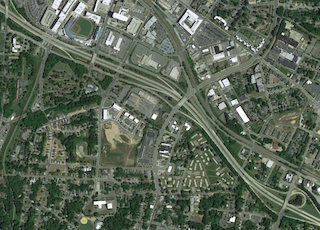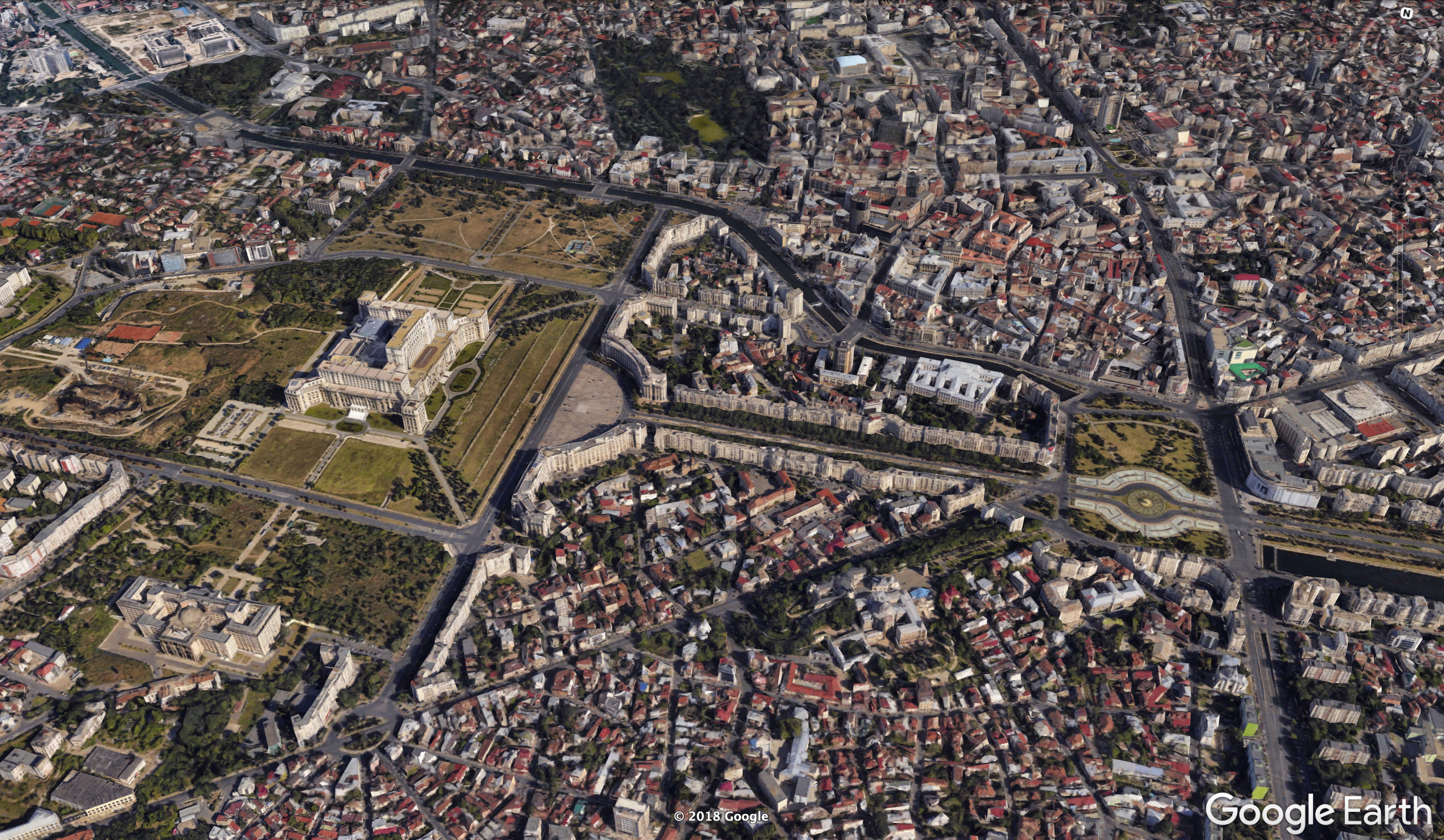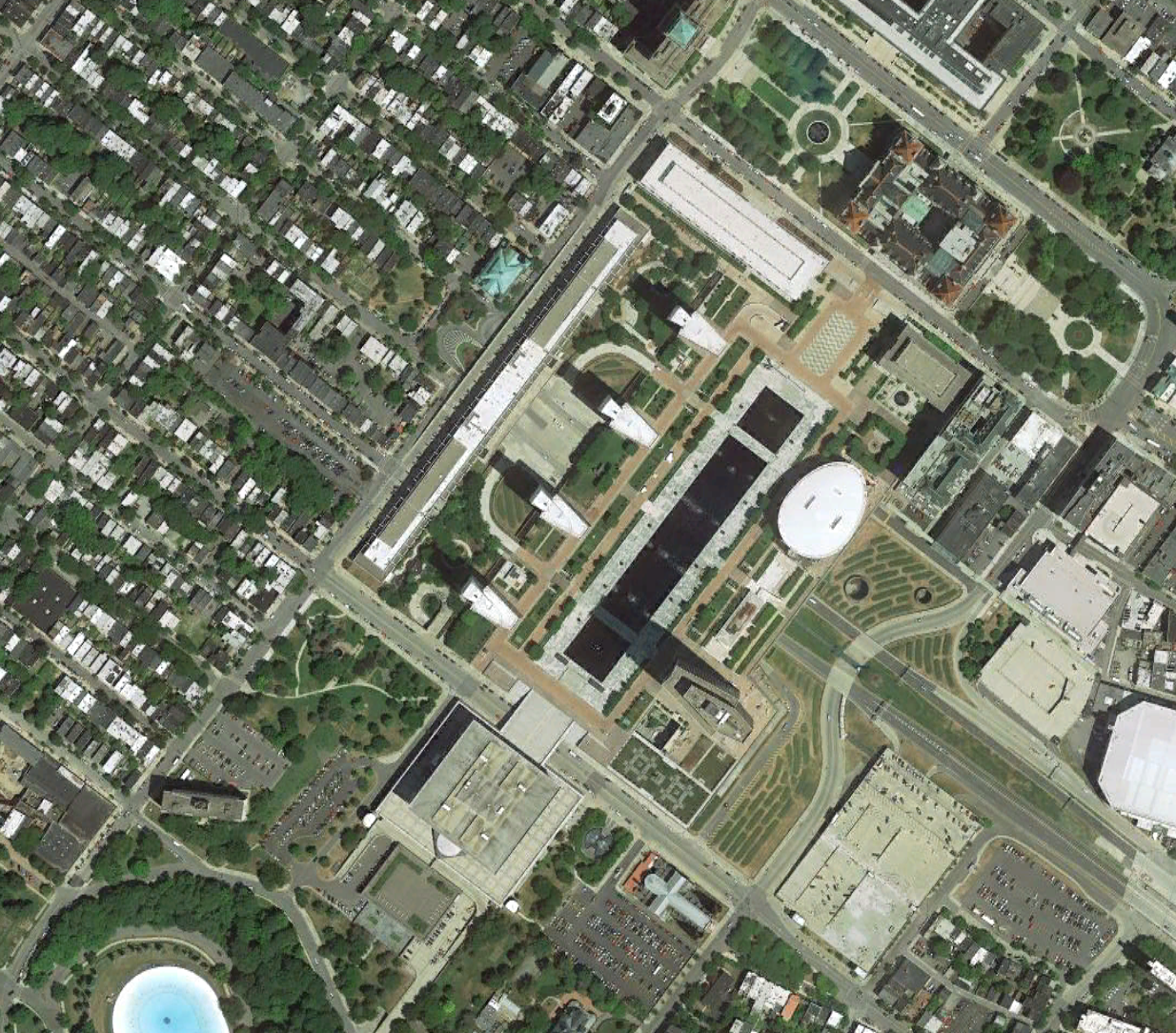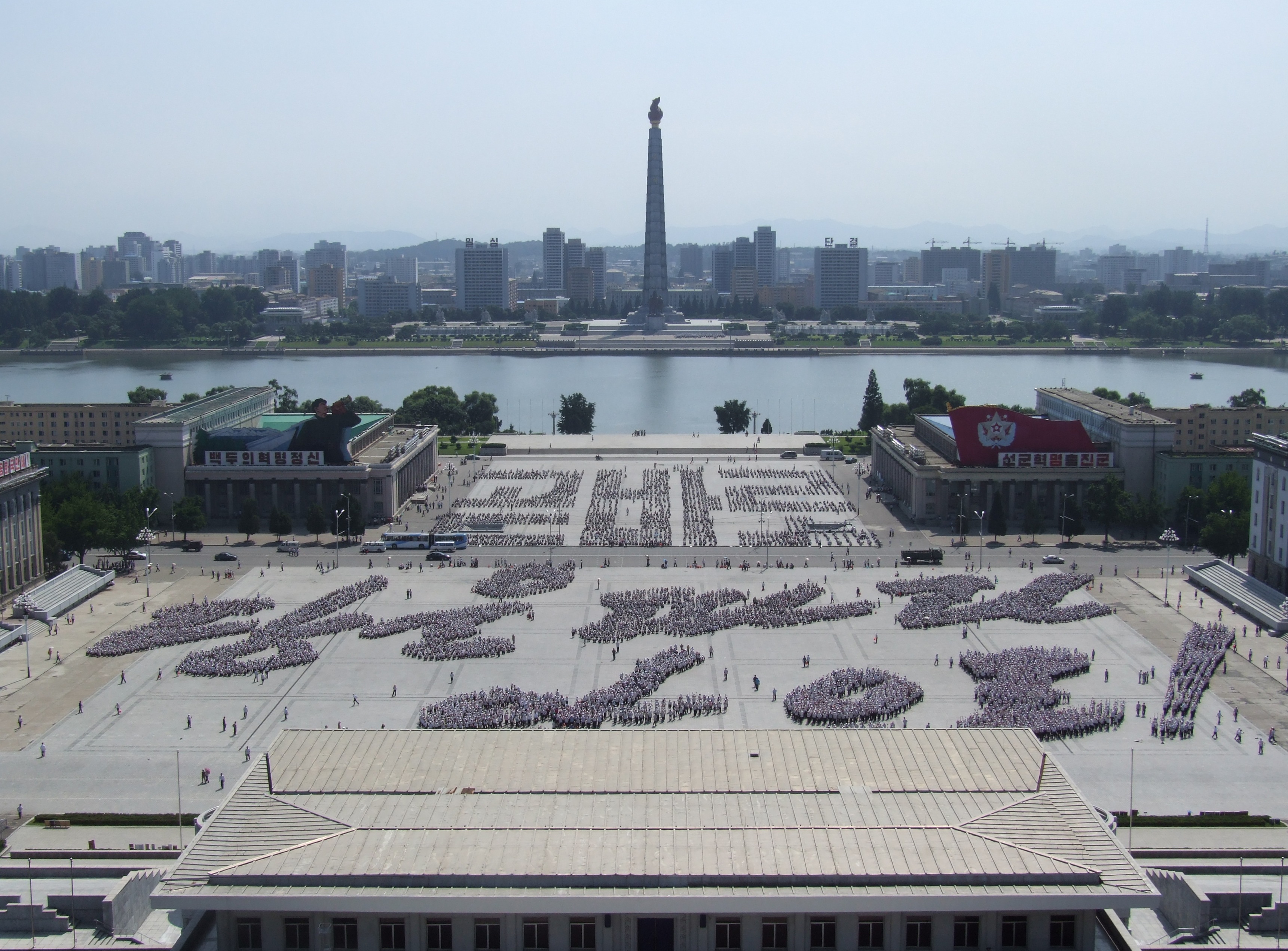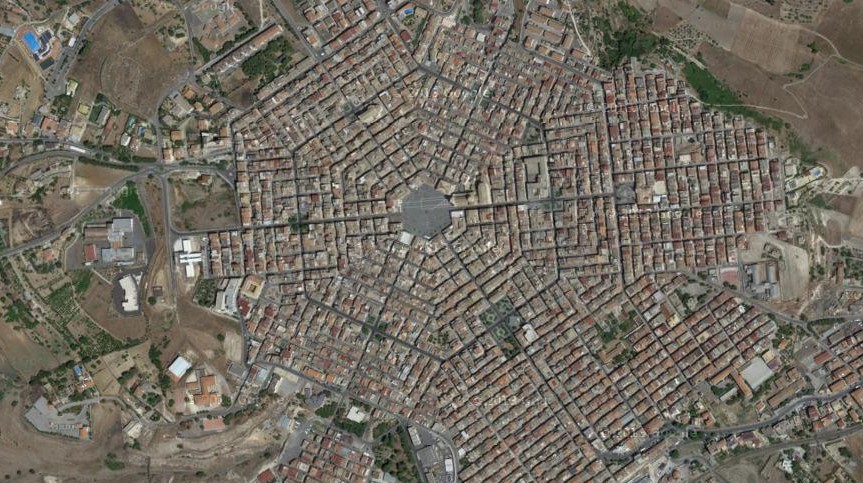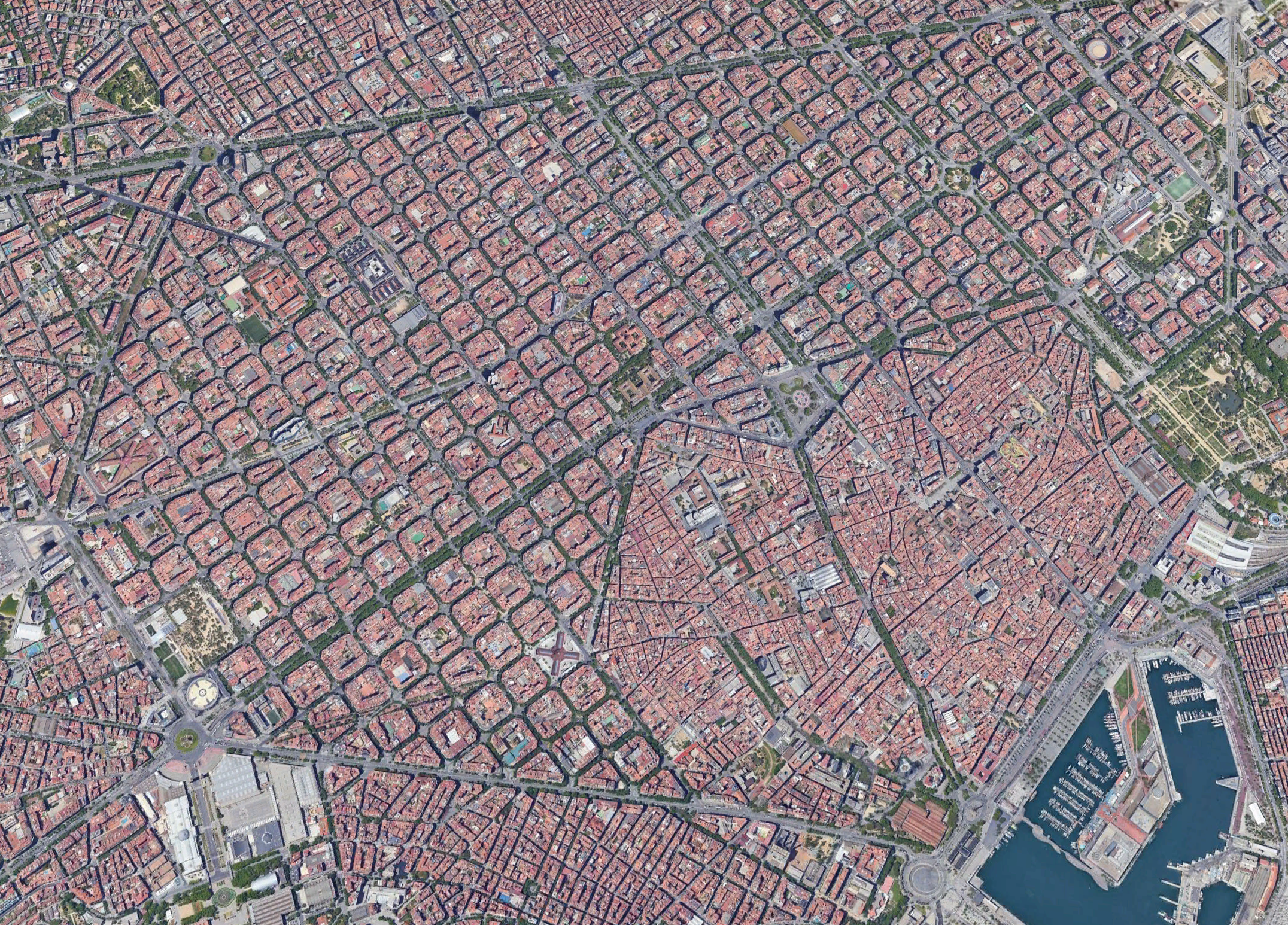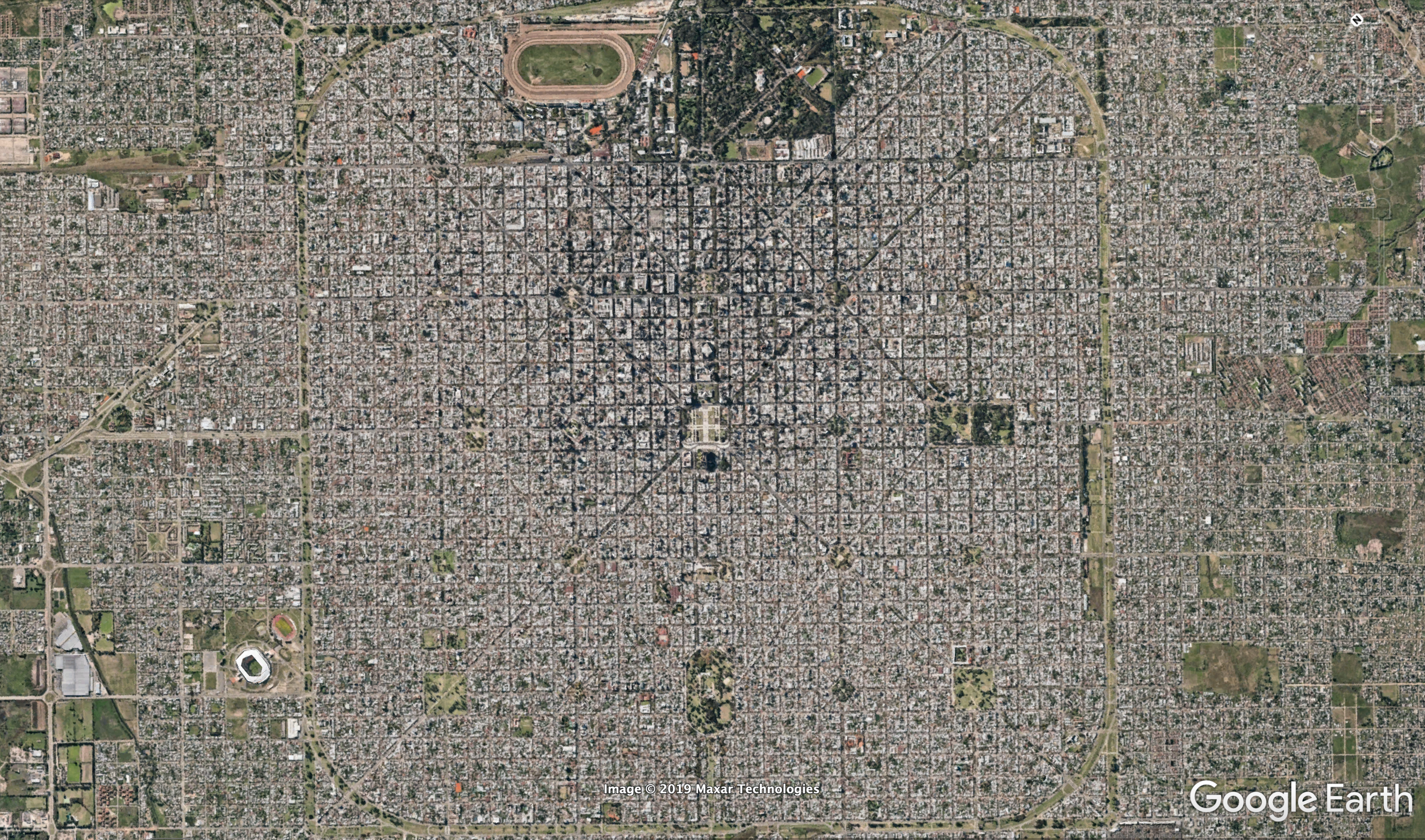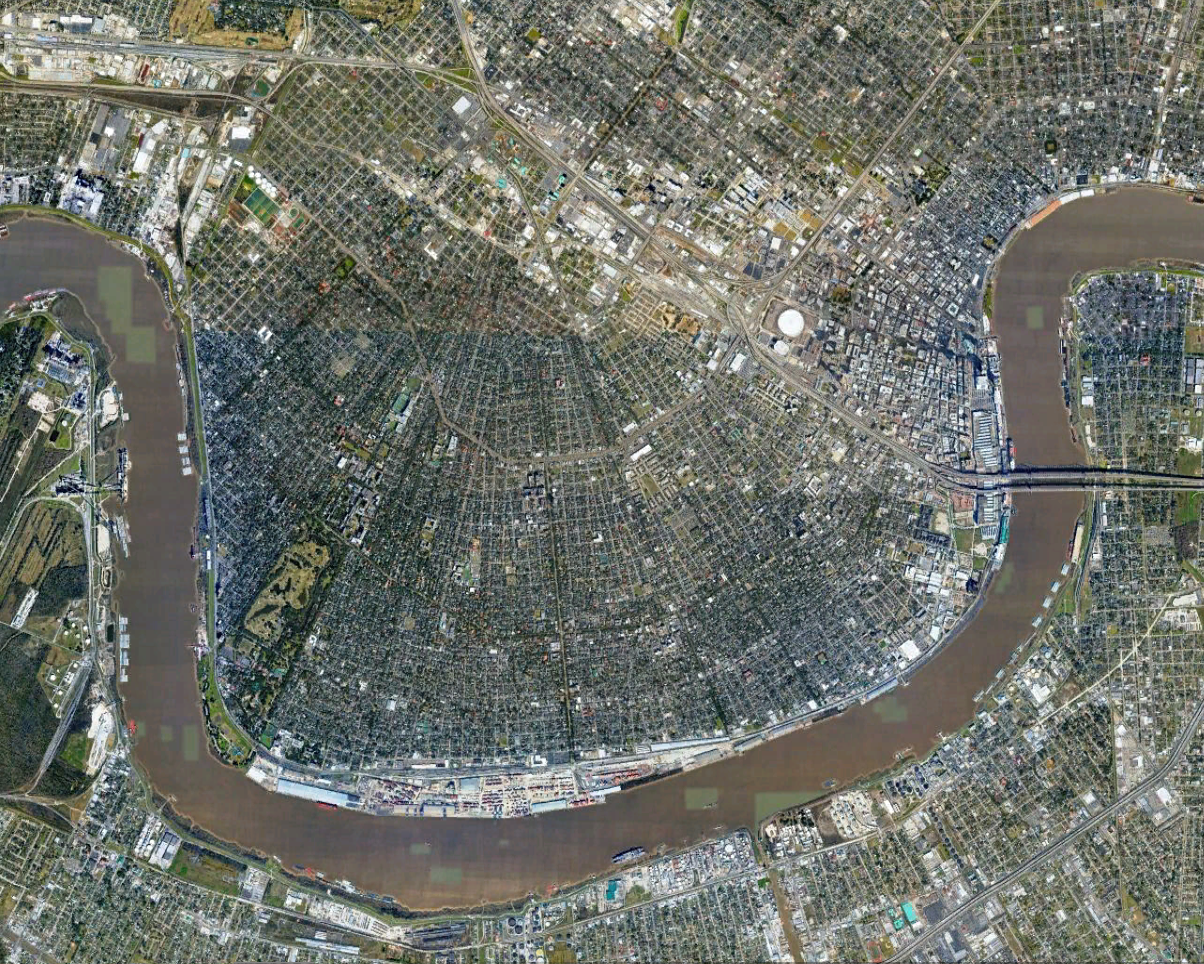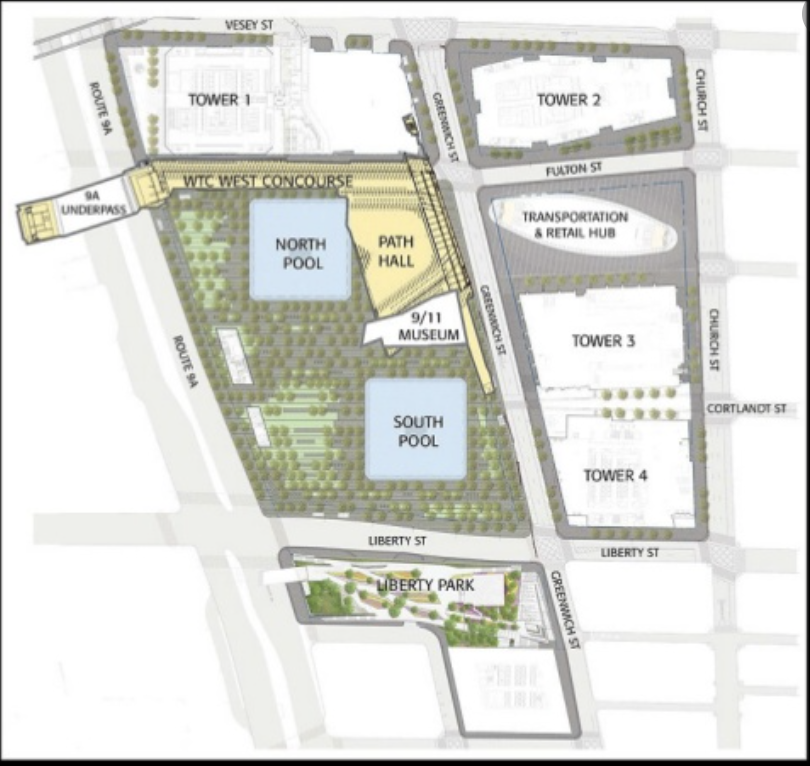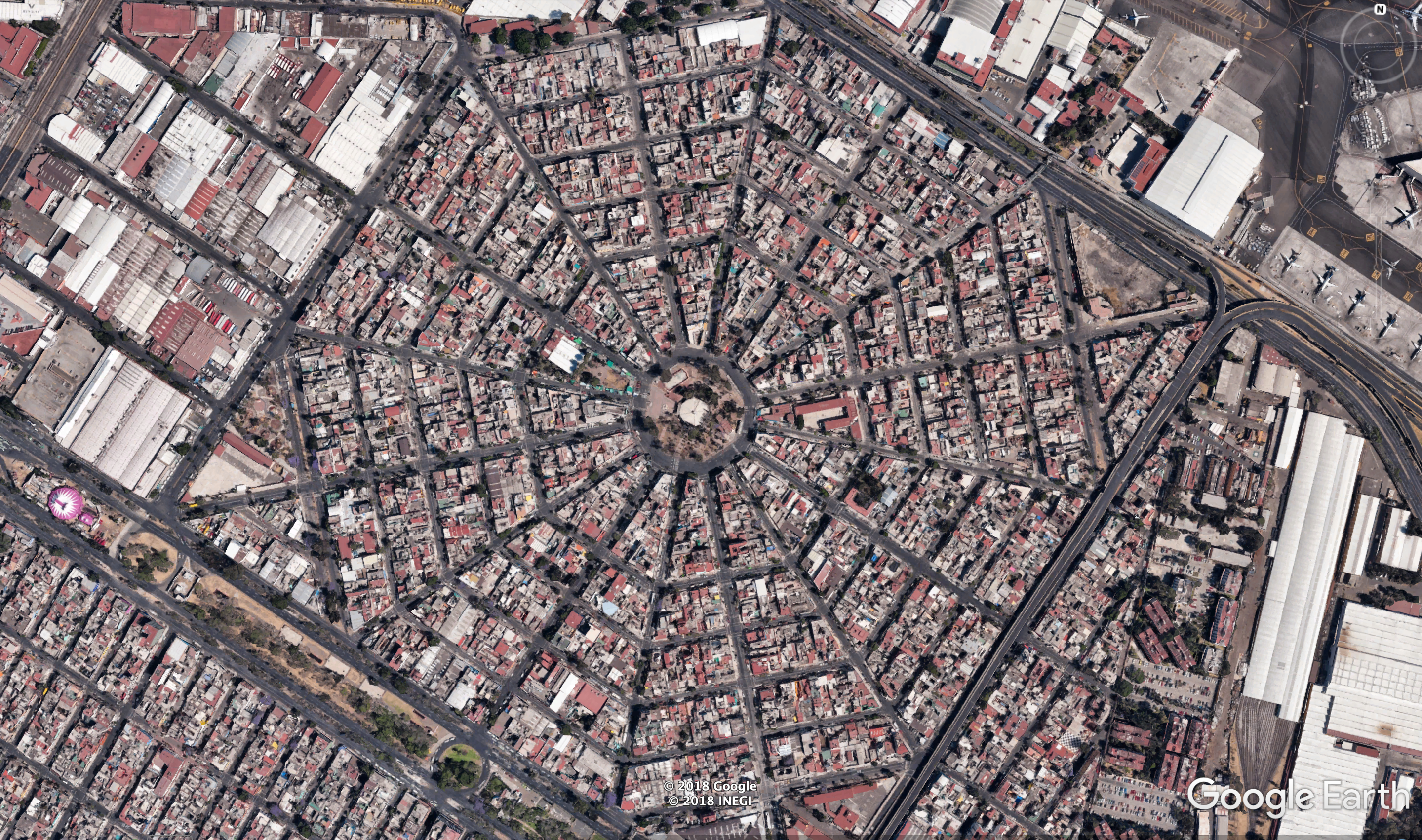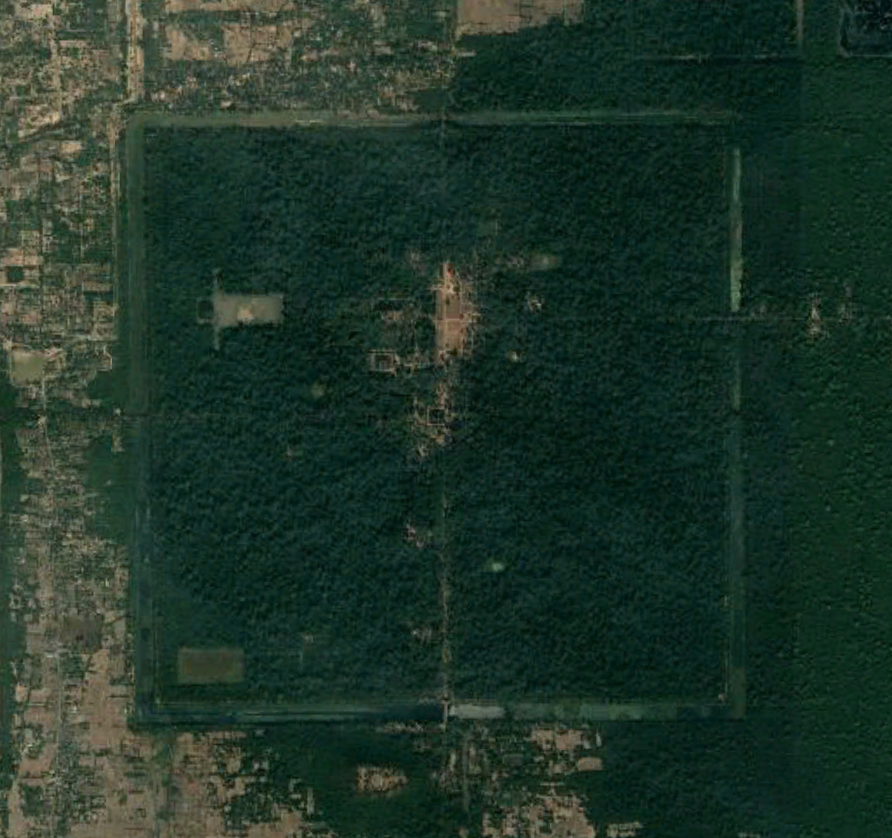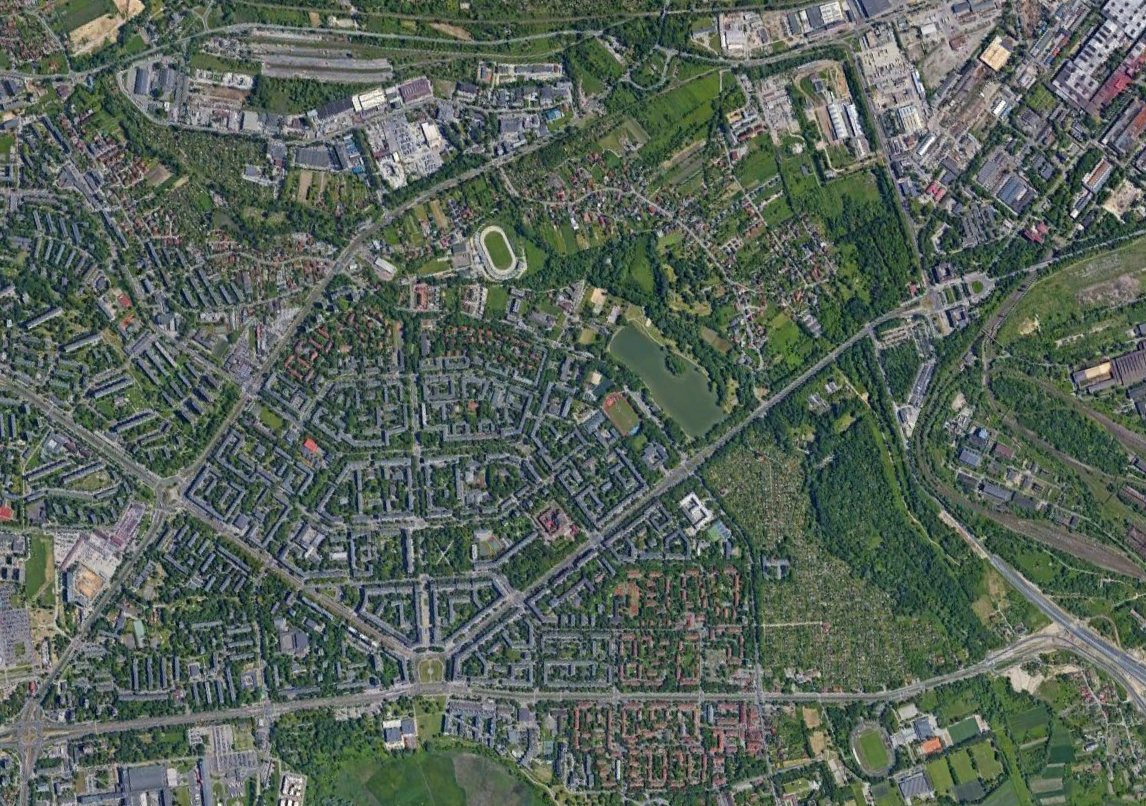Chandigarh, whose construction began in 1952, is a built example of a city with a gridiron plan. Interestingly, the arrangement of this plan, divided into 47 self-contained micro neighborhoods, is justified by means of human analogy — for example, Sector 17, the central business district, is likened to the heart and Sector 1, the Capitol Complex, to the head. Chandigarh, in this sense, appears to have not only been a statement economic project for post-independence India but also an unrestrictive lab for Le Corbusier’s theories of the urban. India’s first prime minister, Jawaharlal Nehru, wanted Chandigarh to become a monumental city symbolizing India’s bright future of modernity, progress, and independence, but its segmentation into cells based on neighborhood units became a symbol of class segregation.


